What Are Aero Wheels?
Tesla's aerodynamic wheels can extend EV range, yet many buyers choose wheels that might reduce it.
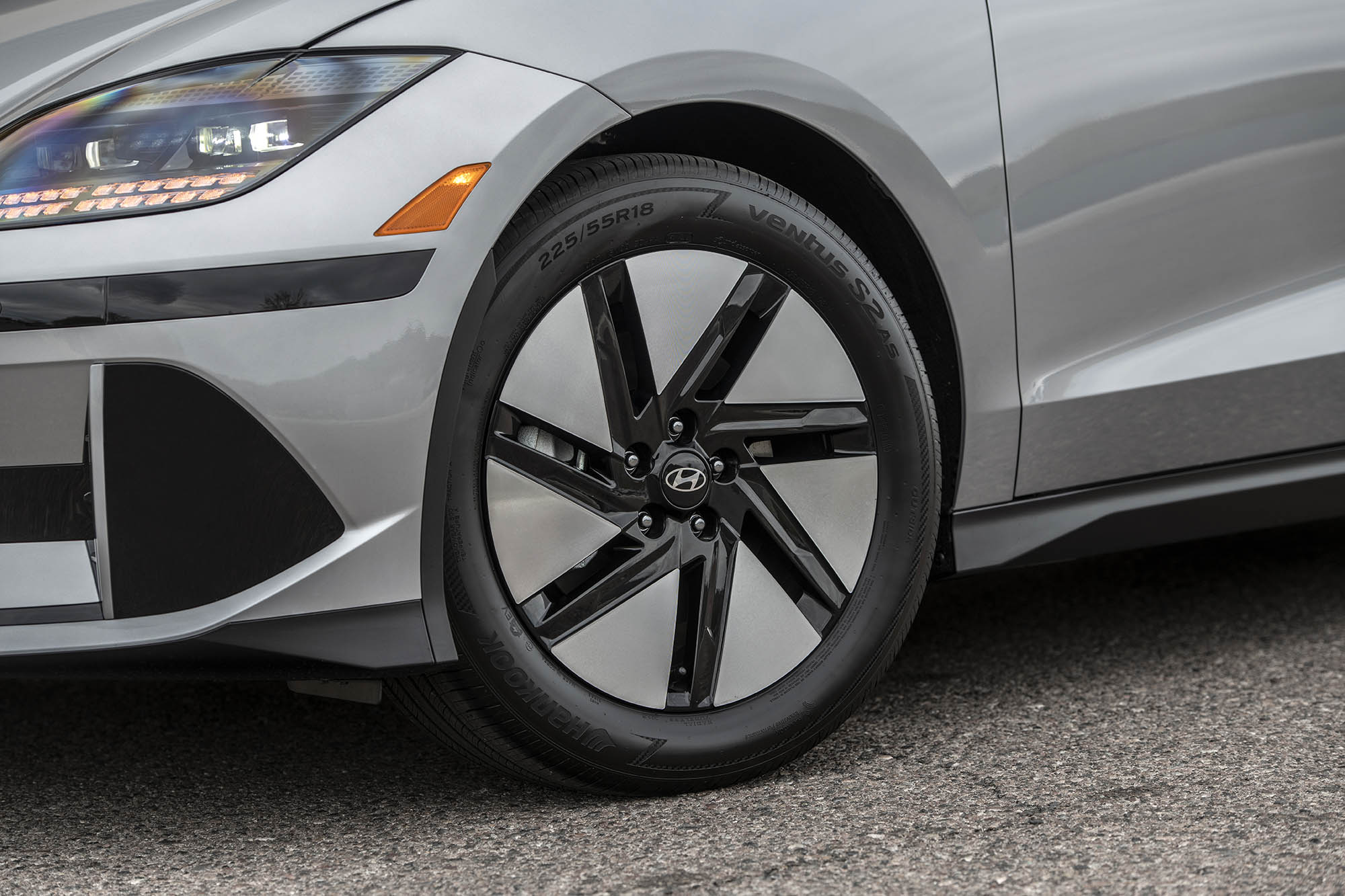 Hyundai
Hyundai
Designing vehicles to reduce the energy-sapping effects of wind resistance — helpful for boosting fuel efficiency in internal-combustion vehicles — takes on added significance in electric vehicles (EVs). In the pursuit of maximum battery range, every detail matters. Even wheel design can make a meaningful contribution.
Tesla's Model 3 sedan, with its aerodynamically optimized aero wheels, offers a good case study. At least one published test, by automotive enthusiast publication
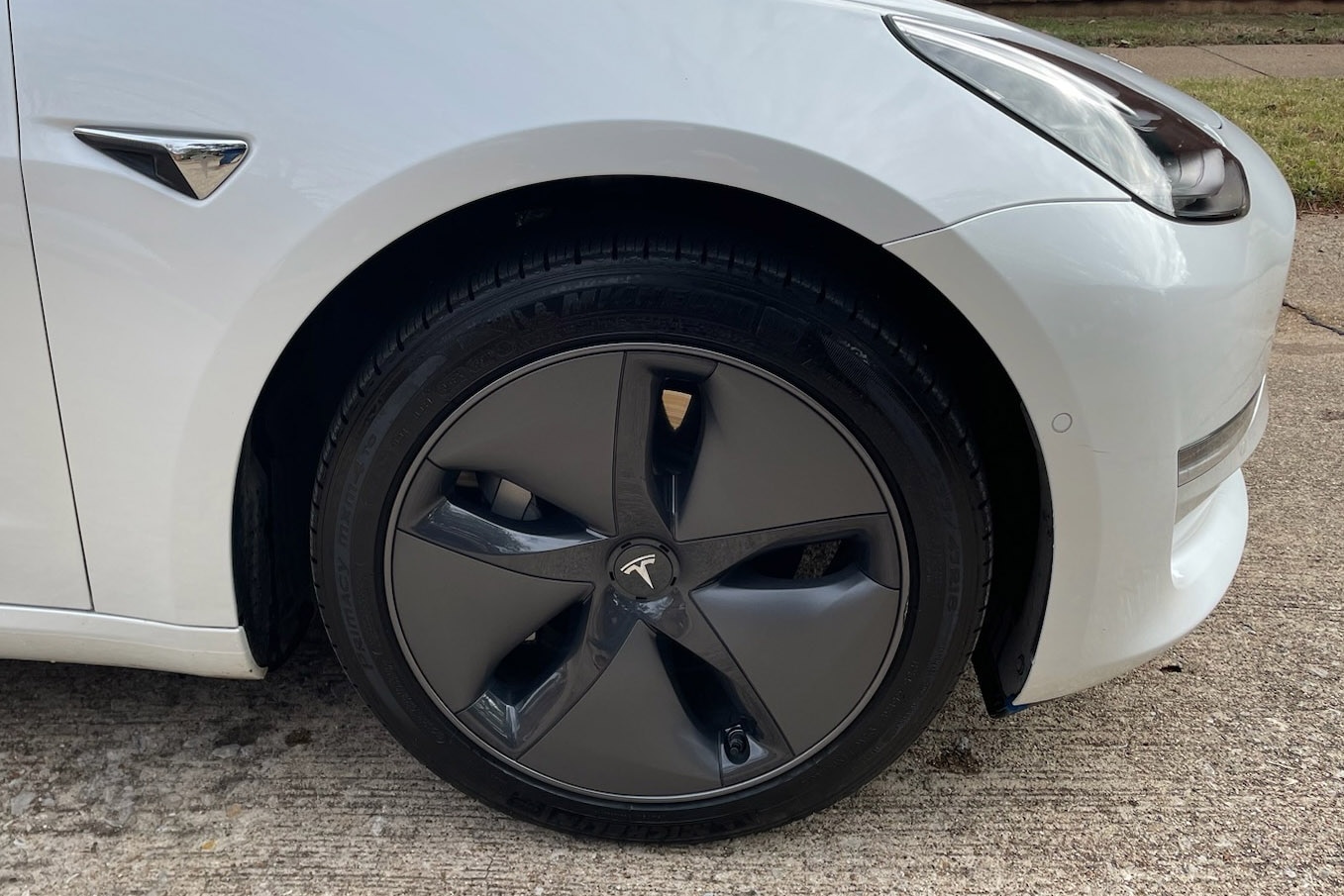 Austin Lott | Capital One
Austin Lott | Capital One
Aero Wheels Are Designed to Smooth Airflow, Reducing Drag
Some of Tesla's vehicles are among the most aerodynamically efficient production cars in the world, according to the BBC's television program "Top Gear." While much of the credit for that goes to body designs, smaller details make a difference, too.
That's where the Model 3's aero wheel comes in. Standard on both the rear-wheel-drive and long-range all-wheel-drive versions, the design combines a lightweight multispoke aluminum wheel with a removable plastic cap.
The cap is designed to sit flush with the tire sidewall's surface, which helps smooth airflow past the wheel, reducing turbulence and drag. Tesla chose the cap-over-wheel design rather than casting the whole wheel with the aero shape because casting such a design would make the wheel much heavier.
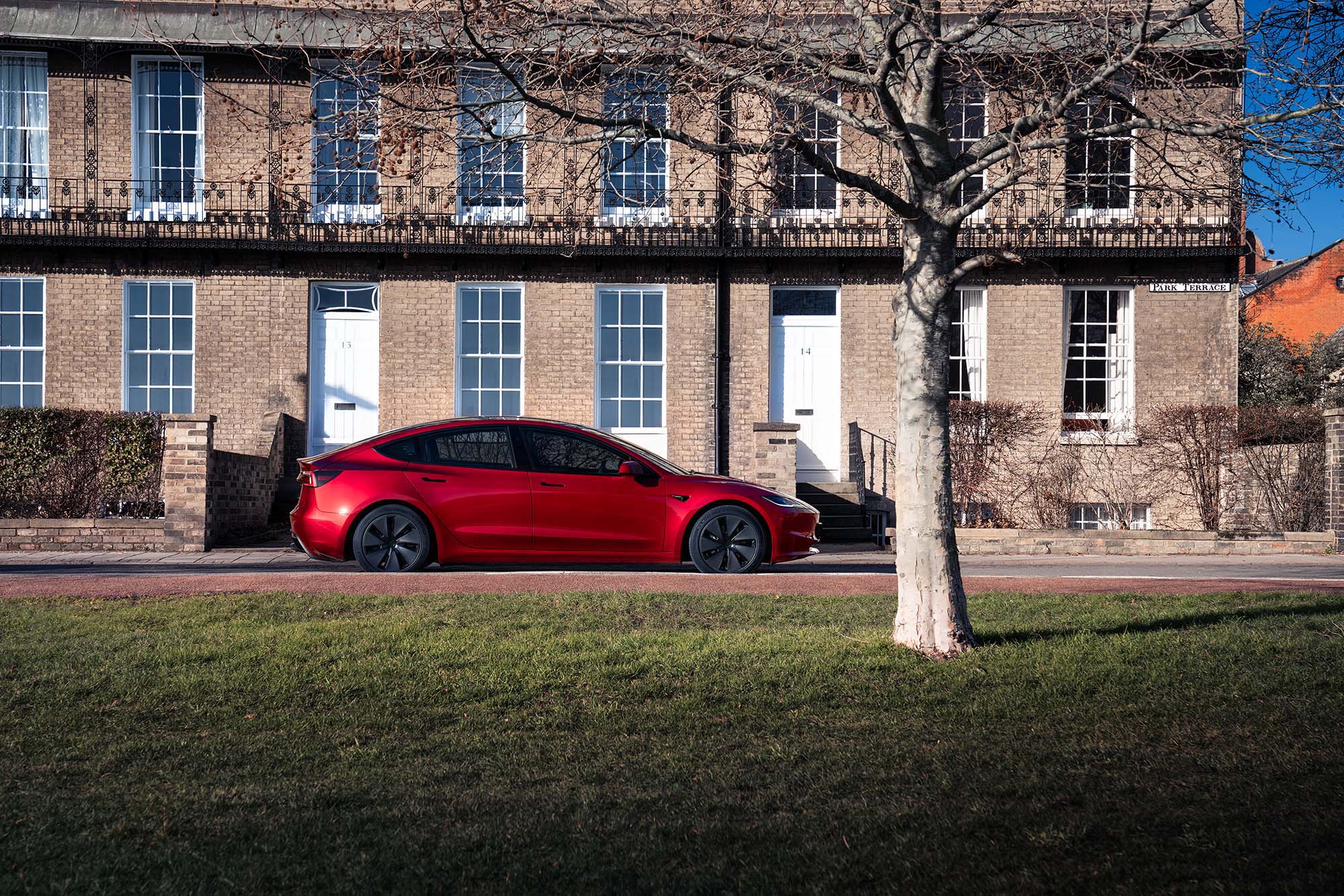 Tesla
Tesla
Tesla's Aero Wheels Improve Range but Have Some Drawbacks
While Tesla doesn't make an official claim of added range for the Model 3's aero-cap wheels, some in the Tesla community have reported a boost in efficiency. In 2019, Car and Driver conducted its own tests and found an average 3.4% improvement, which translated to a range gain between 7 and 10 miles.
That small gain would result in just pennies saved with each recharge. But those few added miles just might mean the difference between making it to a charging station and having to call for flatbed service.
To make the surface of the wheel cap flush with the tire, the outer rim lip on Tesla wheels extends just beyond the tire's surface. That leaves it susceptible to curb rash, the scuffs caused by the wheel contacting a curb or other object. The plastic Tesla aero caps leave that section of the rim exposed and so do not prevent curb rash.
If the aero wheel covers themselves are damaged, replacements can be bought directly from Tesla for about $25 each ($35 for the 2024 design). Some aftermarket replacement caps cover the exposed aluminum area, protecting against curb rash.
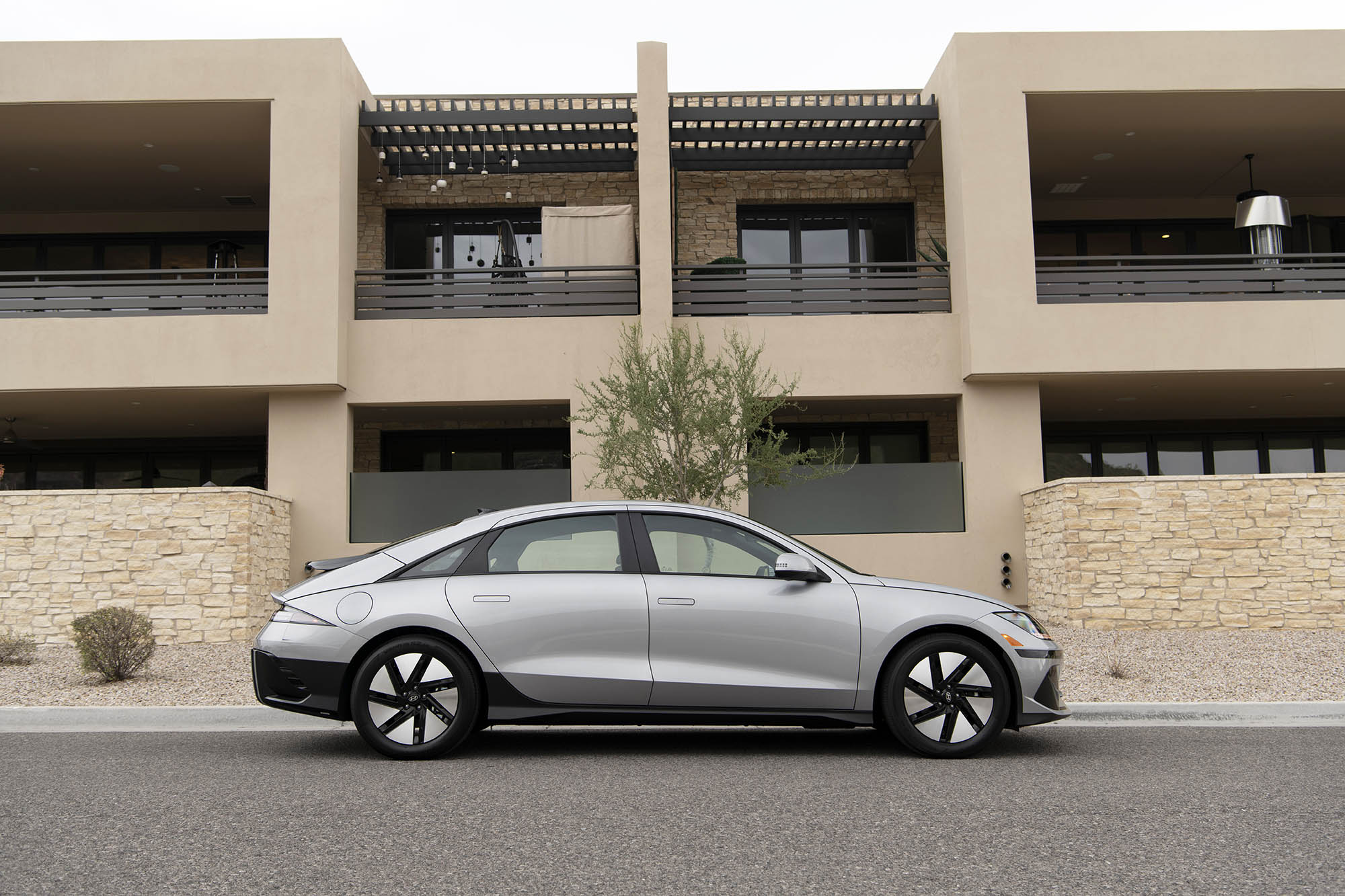 Hyundai
Hyundai
Alternatives to the Aero Wheel
Tesla doesn't offer the aero-cap wheels on its Model S, Model X, or Model Y. The company included a different type of cap on the new Cybertruck that used an unusual design with hard rubber tabs that fit into indentations in the truck's Goodyear tires. Due to a design flaw, however, the tabs abraded the tire sidewall.
Tesla isn't the only carmaker using the aero concept. Hyundai calls the 18-inch and 20-inch wheels available for its Ioniq 6 EV sedan aero-optimized but appears to make no specific claim for how they help battery range. The wheels look similar to the Tesla Model 3's aero caps.
Toyota's redesigned Prius hybrid follows Tesla's example on the LE model, using a plastic cap over an aluminum wheel. While these may have an aerodynamic benefit, Toyota doesn't appear to make any specific claims about their effect on range.
Considering the efforts automakers must make to meet federal fuel-economy standards, you might wonder why they don't install aero wheel covers on more vehicles. One reason is purely aesthetic. Not everyone loves the look. Some Tesla Model 3 owners remove their aero caps to expose the wheels beneath. Tesla even offers a kit of plastic center covers to facilitate that change.
With internal-combustion-engine vehicles, the gains in fuel economy would likely be too small to justify the cost of adding aero-style wheels or covers.
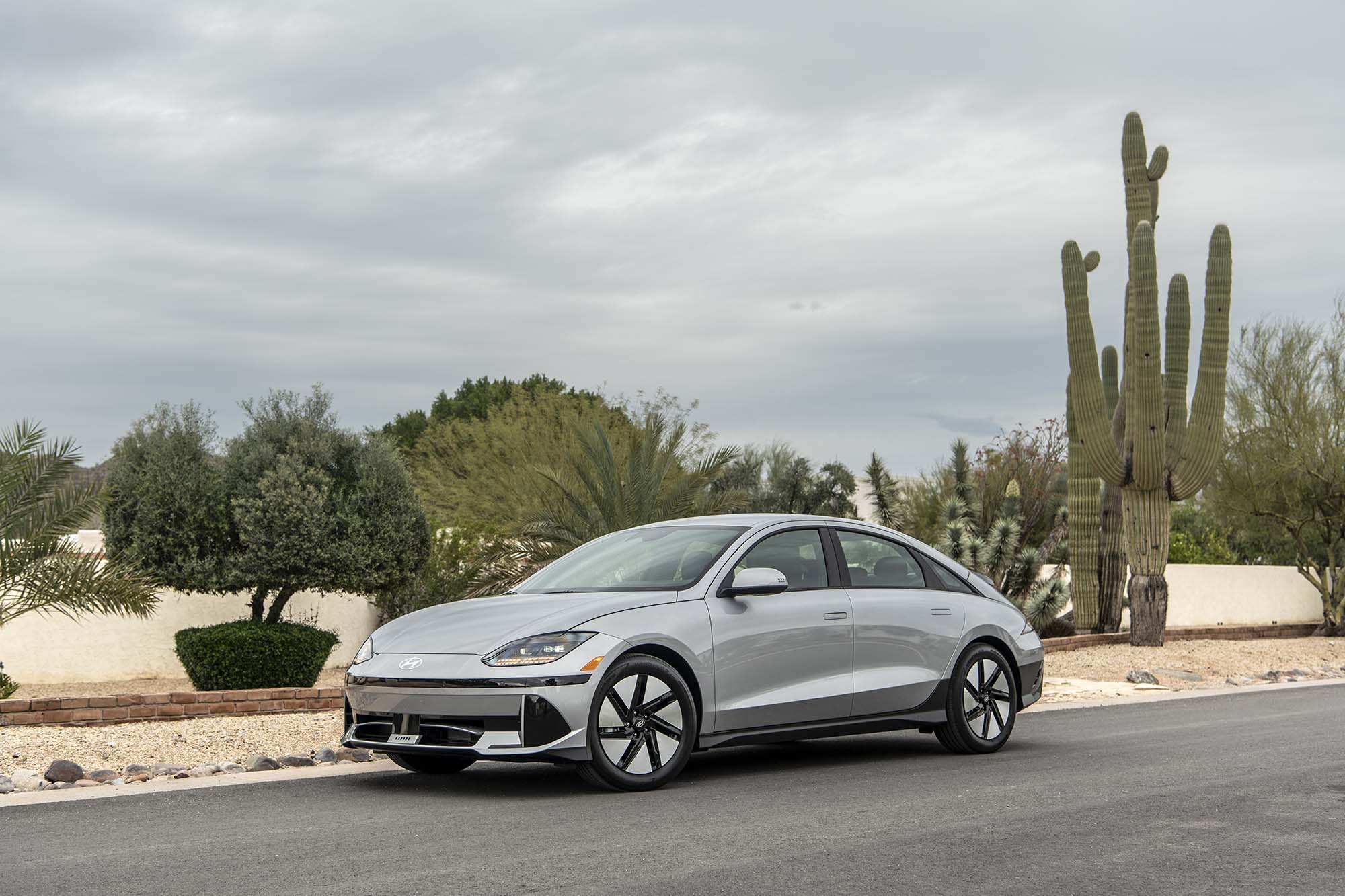 Hyundai
Hyundai
Even Greater Range Gains Can Be Had by Sticking With Smaller Wheels
Buyers of any EV, meanwhile, can get a significant range benefit with one simple choice: avoiding larger wheels. Larger wheels often add weight, increase rolling resistance, and affect aerodynamic efficiency, thereby reducing range in EVs. The advice can also apply to fuel economy in gas and hybrid vehicles.
On the Tesla Model 3 rear-wheel drive, range drops from 272 miles to 248 when you choose the optional 19-inch wheels. Making the same choice for the long-range, dual-motor, all-wheel-drive version cuts range from 341 miles to 305.
Hyundai Ioniq 6 models with the 20-inch wheels lose 56 miles of range compared with the base SE model with its 18-inch wheels. The Toyota Prius hybrid is most efficient in the LE trim, which has 17-inch wheels, as opposed to 19-inch wheels on the XLE.
Other benefits to choosing smaller-diameter wheels, which use higher-profile tire sidewalls to yield the same tire diameter as the larger wheel, include improved ride comfort, lower tire-replacement costs, and better resistance to pothole damage.
Written by humans.
Edited by humans.
 Jim Koscs
Jim KoscsJim Koscs has been writing about cars for more than 30 years, his byline appearing in national enthusiast and trade publications, newspapers, and websites. He covers a broad spectrum of topics in automotive business, culture, collecting, design, history, racing, and technology. The "car thing" goes way back for Jim. At the 1968 New York Auto Show, he snuck away from his father to get a better look at a Rolls-Royce... from underneath it, to see if it had dual exhausts. (It didn't.)
Related articles
View more related articles